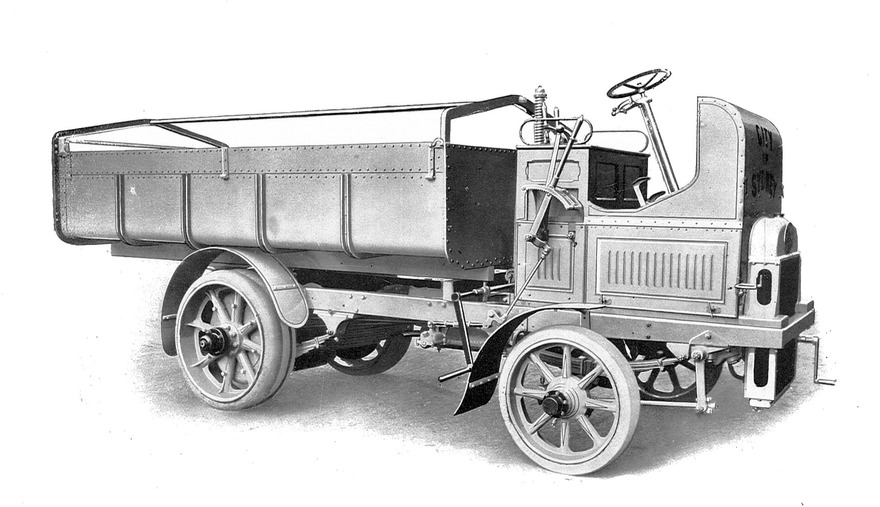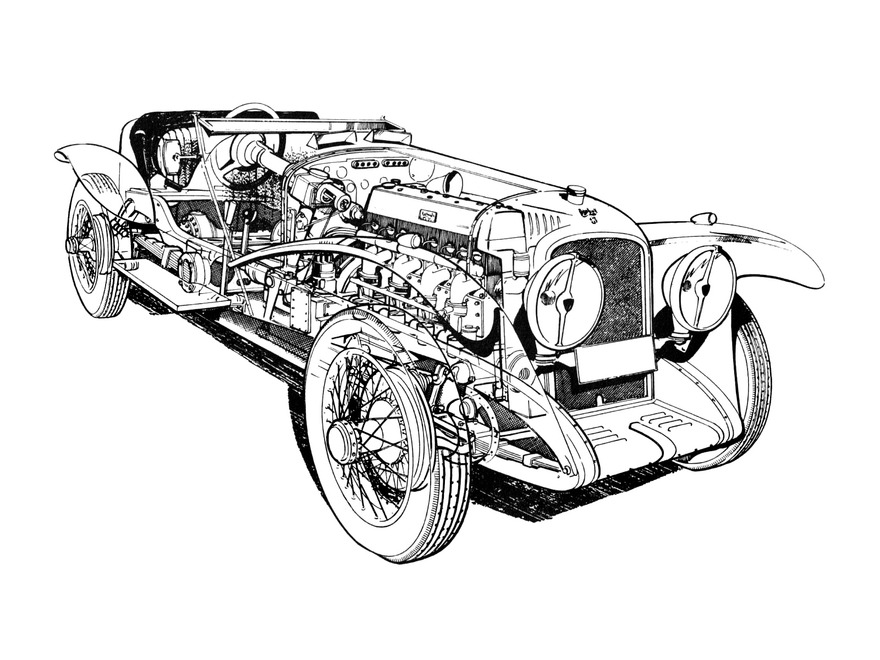When the legend was introduced to the public, it was predicted a bright future, it was called the best British car and even that it is better than Rolls-Royce Silver Ghost. This spectacular car was able to accelerate to 130 km/h. Leyland Eight was one of the most expensive cars of the 20’s in the XX century.
Today some of car fans still remember Leyland Motors, it was a leading bus manufacturer in the UK in the beginning of the century. The main slogan was — comfort and usability. The main benefit was in the lower frame, which was much more convenient for passengers.
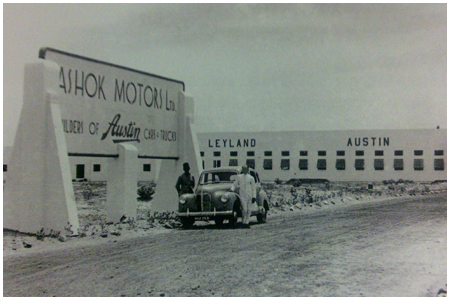
The brand was born in 1896, when the brothers James and William Sumner founded the «Lancashire steam wagons company» on the site of an old foundry in Leyland, Lancashire. So they were called “Lancashire Steam Motor Company”. Soon the brothers became famous thanks to huge steam lorries and road tractors. They got the brand name Leyland after their native city, and their first model in the end of 1896 was a light steam 1.5-ton lorry, named "Pig". But it was not very good with a vertical steam boiler powered with raw oil and horizontal 2-cylinder steam engine with 10–14 hp of power, located under the floor.
By the year 1904, the company had produced 72 steam truck and few steam buses. Lancashire Steam Motor Company already was quite serious company, employing 160 people. That year appeared a model «H”. It was a heavy 5-ton truck with a front vertical steam boiler with a steam generator tube. At the rear of the loading platform there was a water tank This truck was produced for ten years.Horizontal steam engine had two cylinders, of high and low pressure. It was located under the massive steel frame and rotated the intermediate shaft from which the torque was transmitted by two chains to the rear wheels.
Leyland even produced trucks that were purposed to the Royal Air Force.
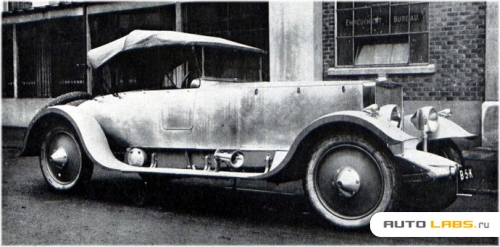
Godfrey Parry-Thomas got the task to create the best car in 1917 without budget limits. Young Reid Railton which has become famous in the future thanks to several developments and even participation in the creation of “Hudson” was his assistant. One of his fastest models got the name of a prominent engineer — Railton. He designed this car for speed records.
To create the Leyland Eight, Parry-Thomas took 7L straight-eight engine with single overhead camshaft and leaf valve springs. So the first cars had 6967 cm3 engines, but then the volume increased to 7266 cm3. The cylinder head had hemispherical combustion chambers and V-placed valves.
The chassis was designed with attention to details. Brakes were installed only to the rear wheels but the system was developed with a vacuum booster. Rear axle was equipped with quarter elliptic springs. In the front and in the rear there were anti-roll systems. The rear wheels were installed with a small positive camber, which helped to overcome the rough London roads and surroundings with so called by British «convex» roads. Even+- Rolls-Royce 40/50HP did not have such solutions.
The first car got open body, designed for two seaters. It had slightly angular forms huge round headlights in a square bodies and a rectangular radiator. Later appeared a 5-seater «tourist» body, and then the coupe by Windover and sedan by Vanden Plus.
A new car was presented at the «Olympia» London Motor Show in 1920. He attracted a lot of attention, as it was the first UK car with straight-eight engine. It was still a prototype, but its price was almost clear — the cost of chassis was around two and a half thousand pounds.
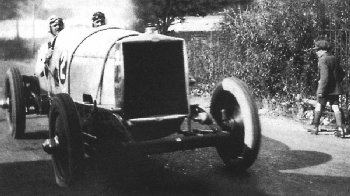
Though the power was 145 hp, giving the car the top speed of 121km/h, British buyers were not inspired to buy a new model. After 18 cars the project was closed. Parry-Thomas created two racing cars on the chassis Leyland Eight. The first — for himself, and the second — for J P Howie. When Parry-Thomas left Leyland and devoted himself to racing, he took all the unused parts of the Eight, including one chassis and went to Brooklands to race.
In 1922 Thomas joined the Brooklands company and created Leyland-Thomas car with 200-hp engine that was successful in the middle of 20’s. But five years later, he died during a record attempt in Wales in his car named «Babs». Before that he reached a speed of 175 mph.
After his death, the Leyland Eight chassis was taken over by Thomson & Taylor, who completed the work on the car, and the body for it was made by the Barker & Company. In the early 50's the car returned to Leyland, where it was fully restored to working condition.
Another Leyland Eight car was assembled in 1927 by Thomson & Taylor, using the original parts with a 7L and 200hp engine. However, the body of this car was completely different from the prototype. And definitely there was nothing in common with other Eights, which were scrapped within 30–40's.
So this massive 2-seater sport Leyland Eight survived to the present day.
In the early 70s in Australia there were produced Leyland cars with a spacious interior. They were equipped with a 6 and 8-cylinder engines. However, these models did not attract much attention. In 1975 British government became a majority stock holder and the production of passenger cars under the Leyland was stopped.
But even now, the true fans of automotive history believe that Leyland Eight was one of the most luxurious British cars of the 20s.
LeylandEight (1922)
Engine: straight 8, overhead camshaft
Cylinder Diameter and Stroke: 89x140 (146) mm
Volume: 6967 (7266) cm3
Power: 145 hp
Gearbox: 4-speed manual
Chassis: steel frame
Suspension: leaf springs
Brakes: drum rear brakes
Body: 4-or 5-seater
Top speed: 121 km/h

